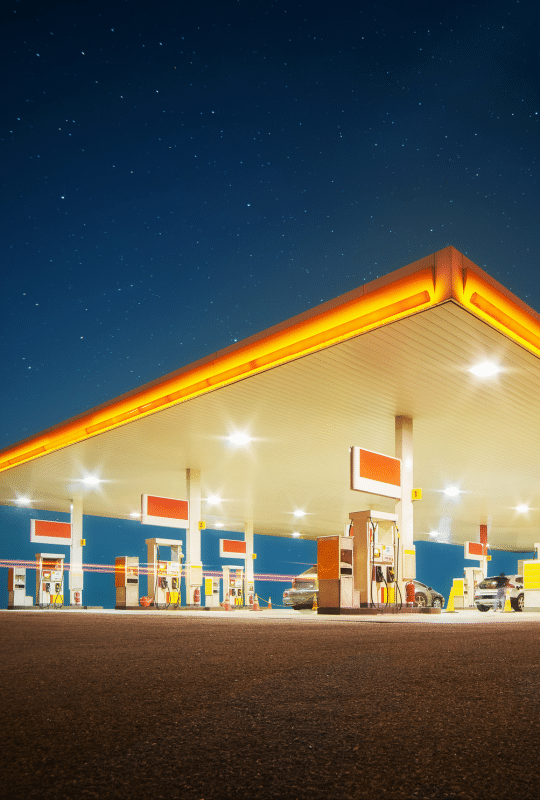OIL & GAS
Alberta, Canada is one of the largest oil and gas producers and is said to be the home of a vast deposit of both resources. Canada’s total oil production’s 80% belongs to Alberta. The oil sands of Alberta are situated in the Northern area of the province. Natural gas, which is another resource, is found throughout the province.
The total estimated revenue of the Alberta government comes from oil and Gas resources which are 22% for the fiscal year 2021/2022. The capital spending is $7.3 billion in oil sands in the year 2020. Payments made to the provincial government have been $66 billion over the last 10 years.
PRODUCTION IN ALBERTA
Oil Production
There are 161.7 billion barrels of oil reserves available to Alberta, of which oil sands are 160 billion barrels. In 2019, 437,000 barrels of conventional oil were produced per day. In 2021, the barrels produced from oil sands were 2.84 million barrels per day.
Natural Gas
Initially, the reserves established for natural gas were 213 trillion cubic feet (tcf) with 187 tcf of which has been already produced. In 2021 10.1 billion cubic feet per day was produced. The natural gas industry also produced 10,00 direct or indirect jobs.
The oil and gas industry has several projects that include production facilities, plants used for liquefaction, refineries, Pipelines and storage tank, and other such projects. These projects are often divided into 3 main segments of the industry. They are upstream, midstream, and downstream. Exploration and production belong upstream; transportation and storage belong midstream; and refining and marketing belong to downstream.
HOW DOES THE INDUSTRY WORK?
The projects related to the oil and gas industries is quite complex. As the final product can be placed in different extreme conditions like at sea or arctic conditions or in deserts. The site of fabrication is far from the place of operation or extraction location.
In dollar value, the oil and gas Industry is one of the largest sectors in the world. It generates an estimated amount of $5 trillion as global revenue as of 2022. Oil resources are quite critical to the global economic framework which impacts the overall process from transportation to heating to electricity, production, and manufacturing aspects.
Investors who are trying to enter the oil and gas industry are likely to become overwhelmed due to the complicated metrics and jargon used in the overall sector.
An oil and gas reservoir is formed when the hydrocarbon is trapped below the less porous cap rock. Crude oil and natural gas are the resources that are represented through the reservoirs of oil and gas. Drilling is used to bringing hydrocarbons to the surface. It is done through the cap rock and then in the reservoir.
The oil and gas well can be easily constructed if the drill reaches the reservoir, and the hydrocarbons can also be pumped to the surface of the well. In case, the drilling activity was unable to find a good quantity of hydrocarbons in the well. Then such wells are classified as dry holes. These holes are then plugged and abandoned.
3 CATEGORIES OF THE PROCESS
All the steps taken for the oil and gas industry are divided into three-main categories or segments. It includes upstream, midstream, and downstream.
Upstream:
Exploration and production of oil and gas are involved in the upstream category or segment. These exploration companies search the world to find reservoirs of raw materials. And then start drilling to extract material. These exploration companies are also called “E&P” which means exploration and production.
This upstream category is said to have higher risks, high investment capital, and a longer duration of work to find and start drilling. The upstream category is also technologically intensive.
These companies do not have their drilling equipment; rather they hire drilling companies on contract to get the drilling process done well. These contract companies charge for their services. These charges are mostly based on the time invested by the E&P Company.
Midstream:
The transportation part of work is included in the midstream process. This process enables the industry to move the extracted materials to refineries to reach oil and gas. Midstream companies are to ensure the shipping, trucking, pipelines, and storage of raw materials.
This segment is marked by high regulations, most specifically for pipeline transmission. This segment is also dependent on the performance and success of the upstream category.
Downstream:
Refineries and gas stations belong to the downstream segment. These refineries are responsible for eliminating impurities and converting oil and gas resources into products for the general public or masses. Products like gasoline, jet fuel, heating oil, etc.
TOP PRODUCERS
As of 2021, the United States is the largest producer of crude oil and also in the top 5 are Saudi Arabia, Russia, Canada, and Iraq.
The US is also one of the largest producers of natural gas. After it, Russia, Iran, and Canada are some of the top producers of natural gas.



